|
Good evening and welcome to Africa Education Partnership Armchair tour of Nigeria and Progress Report. This evening, we're giving our summary of our progress to date. We hope you enjoy it.
Welcome! My name is Elaine Chagnon and I've been a member of Africa Education Partnership since its inception in 2009. I've completed 10 trips, primarily to manage projects, meet with teachers and share ideas and materials. Nigeria is chaotic, boisterous and conflicted by religion, ethnic strife, socio-economic disparities, and corruption. This is the context for our second home. 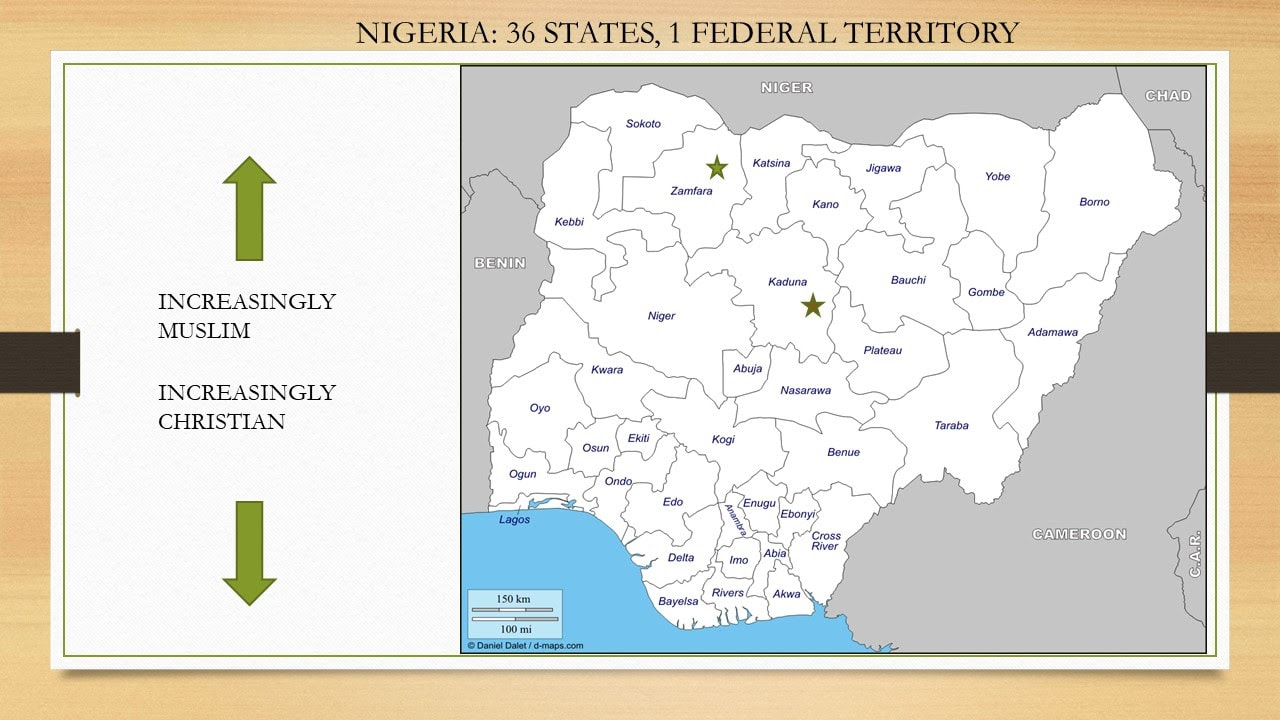
Map Slide: This slide shows where our work is done. If you draw a horizontal line through the middle of Nigeria you would find yourself approximately at the tenth parallel, the dividing line between Islam and Christianity. The tenth parallel serves as the dividing line between the Muslim north and Christian south in most developing third world countries.
Our work is in the north. You can see Kafanchan in Kaduna state which is in the middle north and has about a 50/50 ratio of Christians and Muslims. Our original work started in Zamfara state in the far north which is about 85 percent Muslim and 15 percent Christian.
Our first partners were Bishop John and Mrs. Helen Danbinta in Zamfara state. We've known them since 2006. Our work there is primarily new construction because there are far fewer schools in the north.
Our newest partners are Bishop Marcus and Mrs. Nana Dogo. They are in the middle northern belt which is about a 50/50 split of Muslims and Christians. We have known the Dogos since 2014. They have 5 sites with established schools but they're needing renovation. We have also done some new construction to handle overcrowded classrooms.
I'd like to take you quickly through our work, starting at Graceland International School in Zamfara. We are very proud of the work that our partners have done with your donations despite great challenges. We have built a new campus starting in 2011. Building one is a high school.
Building 2, completed in 2014, is a primary school on the same site.
This shows a panoramic of additional property that was purchased for expansion. It's contiguous to the school and surrounded by a wall to prevent encroachment.
Our third building at Graceland International School is an examination hall with a computer lab, a library, teachers workroom and administration offices.
This photo shows the dedication in 2018. Here, Christians and Muslims came together; the emir of the state of Zamfara sent his representative (shown cutting the ribbon) which demonstrates Muslims and Christians working together to promote education.
You see a picture of the library and one of our science labs.
We're very proud of our computer lab. On the left you see the original lab and on the right are 10 new computers with dust covers that we were able to fund last fall.
The bus was purchased in 2015- a Toyota van for transporting students since there's no public transportation to school.
Teacher training is actually a sharing of ideas. The only thing that separates me, a former teacher, and these teachers is geography and additional education.
Our examination hall is registered with the state government and is only a test site in the entire region. Students need to pay a fee to sit for their exams for acceptance to university. This helps raise a bit of additional money for the school.
This past fall we were able to send money to provide techo blocks for the entire campus. As the school is only 150 miles from the Sahara Desert, dust is an extreme problem. The techo blocks help keep the dust down and out of the buildings.
Our latest project under construction is a girls dormitory. In a state where only about 25 percent of girls receive an education, about 50 percent of our population are girls. In Nigeria compulsory education is mandated only to grade 6. That means secondary schools are few and far between. More often than not, students must board in order to get a secondary education.
Our partners are able to make their own blocks for construction as they own a block-making machine.
You can see the progress to date with the roofing structures in place. Dorm wings are shown on either side of the center kitchen/dining hall structure. The building is constructed so that it can be easily added on to as the needs arise.
Our work in Kafanchan started in late fall early-winter of 2018 when I traveled there to visit 5 school sites. Five elementary schools and junior secondary schools are on these 5 sites; 2 sites also have high schools.
Our first site was Kogum River school. You can see a dramatic transformation of what it looked like in 2018 and then in the spring of 2019 for a cost of $9000.
Building 2 at Kogum River school- the before and after is dramatic.
You see the campus and the way that the buildings are situated at Kogum River.
The interior of the school was in dire need of repair. Again the transformation has been dramatic-before on the left and the after on the right.
This rural school had no access to clean water. This is the dedication of the well. This is the first time students have seen clean water.
Our partners were very frugal and were able to provide wells for more than we had funded. In addition, two small villages of Achin and Antung also received boreholes.
The well platform is being secured into concrete; on the right you see them flushing the pipes.
This is the Jagindi Tasha school well tap being prepared. It's amazing what a small amount of money can do.
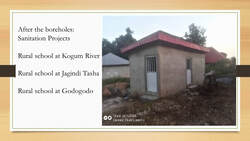
After the boreholes were provided, we were able to provide toilets for students and staff at all 3 of the rural schools. Here you see a toilet for staff.
Toilets were constructed and tiled for cleanliness and set with hand washing stations.
Our work projects continued at the Kafanchan Junior Secondary School where a rundown examination hall was transfigured from inside out. You see the exterior below and on the right you see the dedication and students day in 2019.
We were able to provide funding for an iron worker to come and weld desk frames. A carpenter provided the wooden desk tops. These desks are made to accommodate different sizes of students. The cost for one of these 2-person desks is about $50 each.
During the meeting with teachers, I was able to share the teaching books and materials that I had brought. It was wonderful to just have a conversation about ideas and strategies. There was some really excellent dialogue and questions were generated for discussion. These teachers have the same concerns that we have here and it was wonderful sharing across continents.
A more ambitious project was in answer to Bishop Dogo’s request for school buses. As mentioned previously, there is no formalized transportation for students to school- they either have to walk, be transported by parents, or try to catch a city bus which are few and far between. We were able to get 2 used, mini buses from Dattco Bus Company out of New Britain, Connecticut. The bishop actually paid for the buses. AEP raised the funds to ship the buses. We were able to load the buses with barrels of medical and school supplies along with spare bus parts. After a lengthy sea journey, the buses arrived in Kafanchan in late November. They were met with great celebration and a parade with the boys brigade and students marching behind the buses to the various schools.
Personal hygiene is a very sensitive topic but it's a real concern in developing third world countries. Girls often miss school because they don't have the necessary supplies during their menstrual cycle. After sharing a personal hygiene kit with Nana Dogo, she had the high school home economics teacher create a prototype. From there, her women’s group began to make them to sell using the flannel, velcro, soap bars, and washcloths we had collected and sent over. It was a plan to also have high school girls each make their own kit during class time.
Work began at the rural Jagindi Tasha school site to construct a new classroom building. Bishop Markus used what funds he could raise but before completion, the funds were exhausted. AEP was able to help complete the construction by funding the roof and the interior work.
The population of Jagindi Tasha School exploded after the completion of the new building. Bishop stated a need for an additional classroom block to handle the overflow. Thanks to a grant by the Episcopal Diocese of Connecticut, we were able to help them start construction on the new building.
0 Comments
Leave a Reply. |
This page compiles information from outside sources, as well as AEP's own blog updates.
Resources
All
ArchiveD News
April 2024
|
Learn More |
|
Support us |
Africa Education Partnership 501(c)3 | 99 Sand Hill Road, South Windsor CT 06074
Privacy Policy
Privacy Policy
© COPYRIGHT 2021. ALL RIGHTS RESERVED. Site by PluginMatter
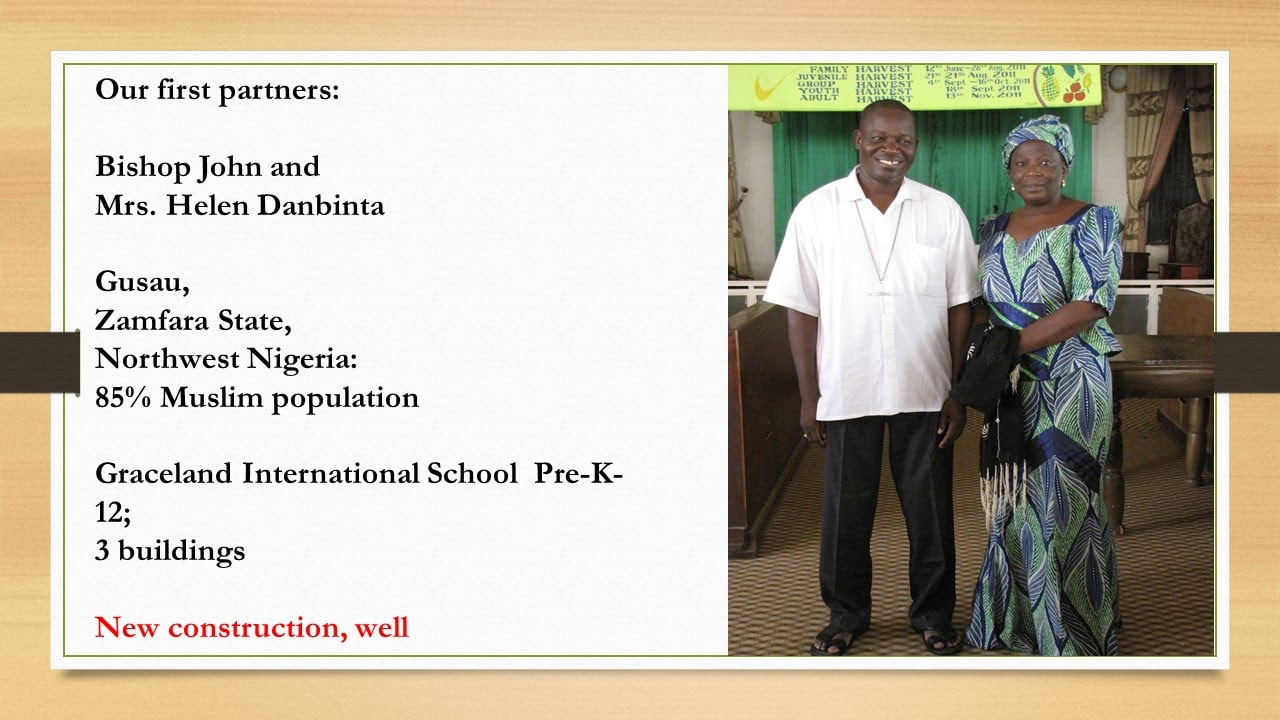
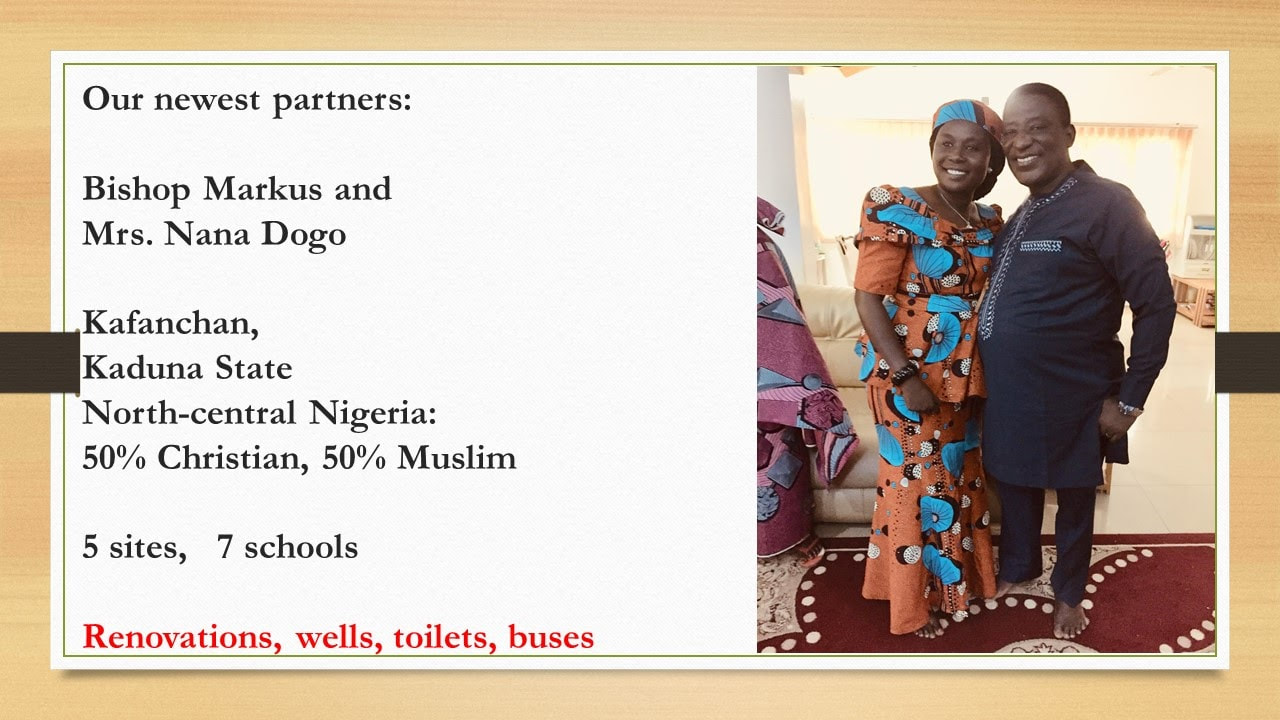
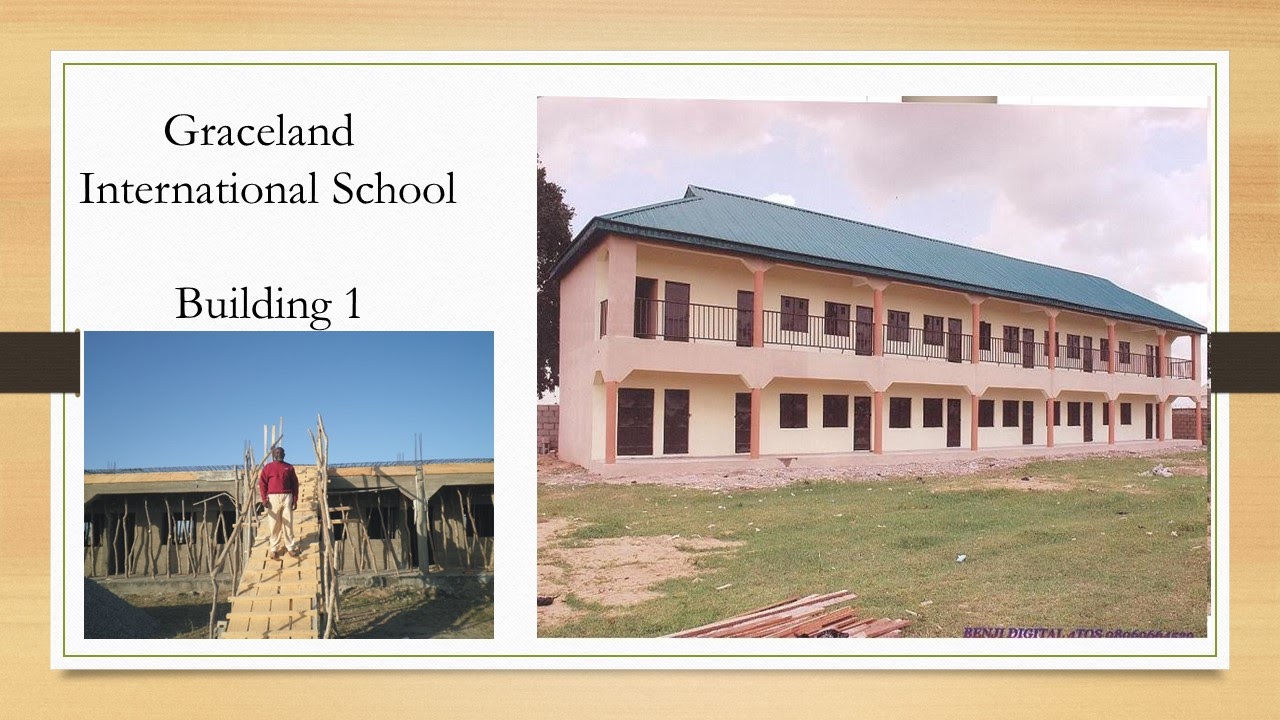
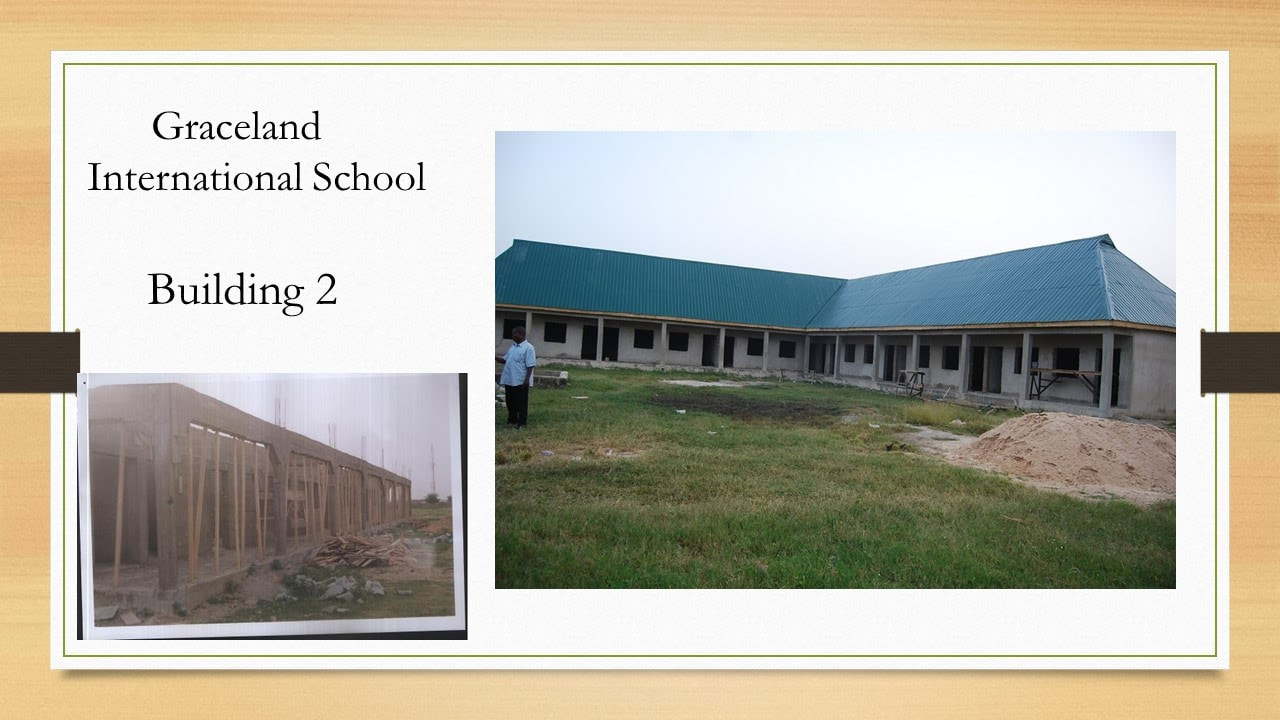

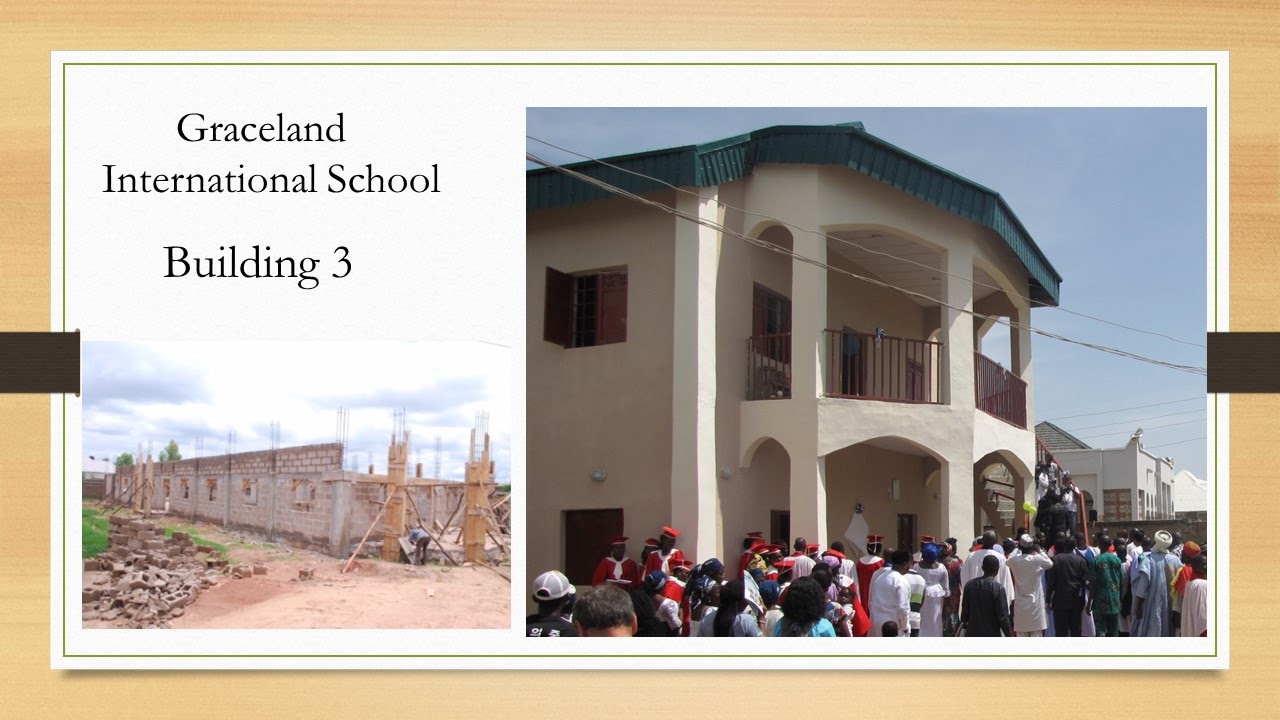
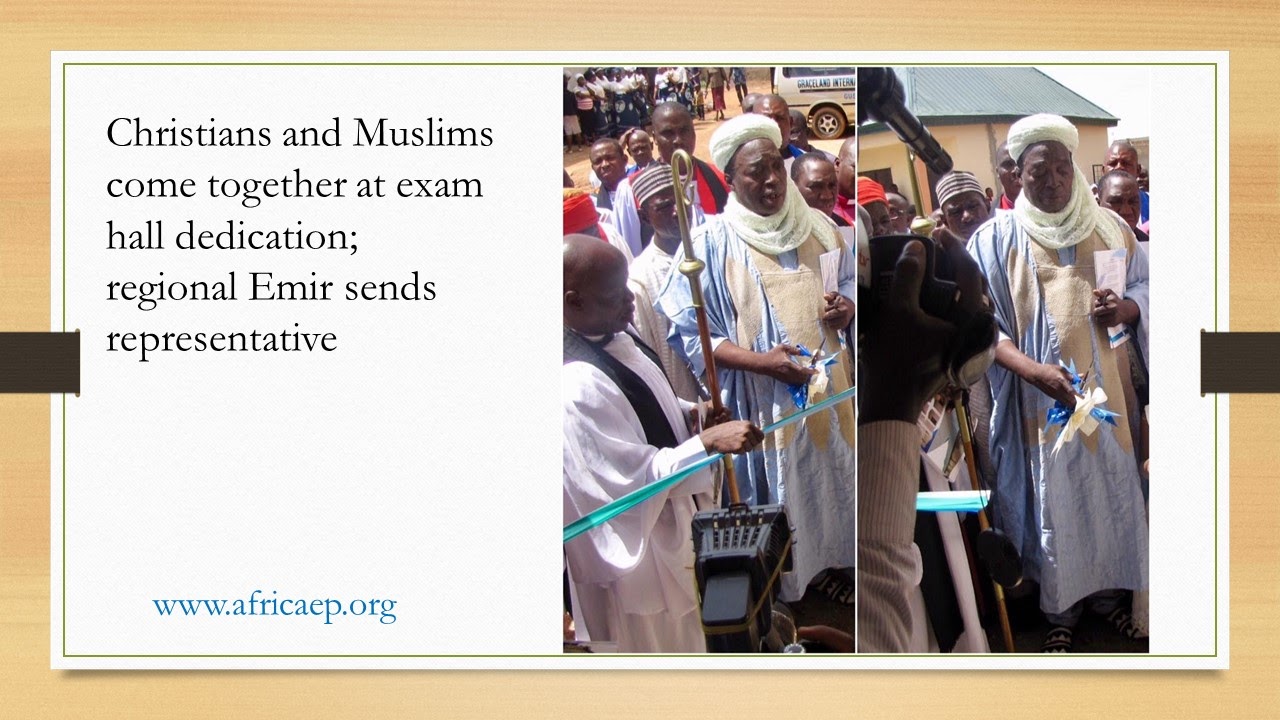
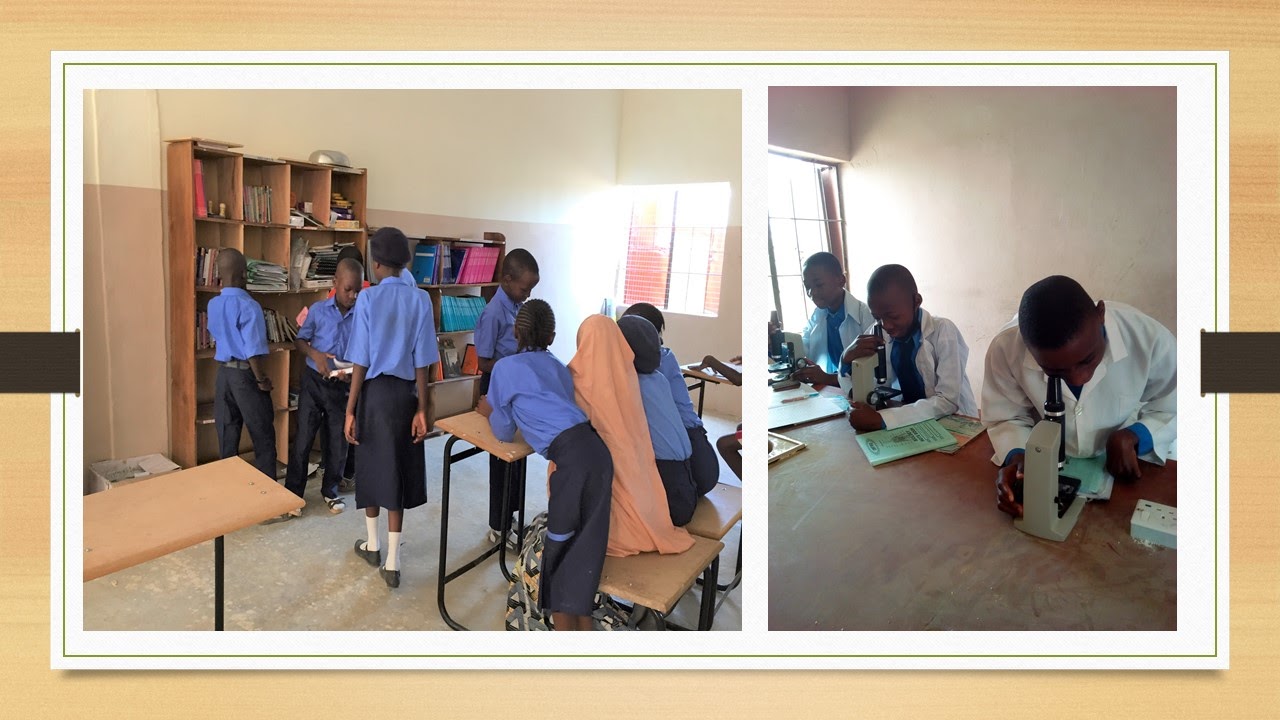
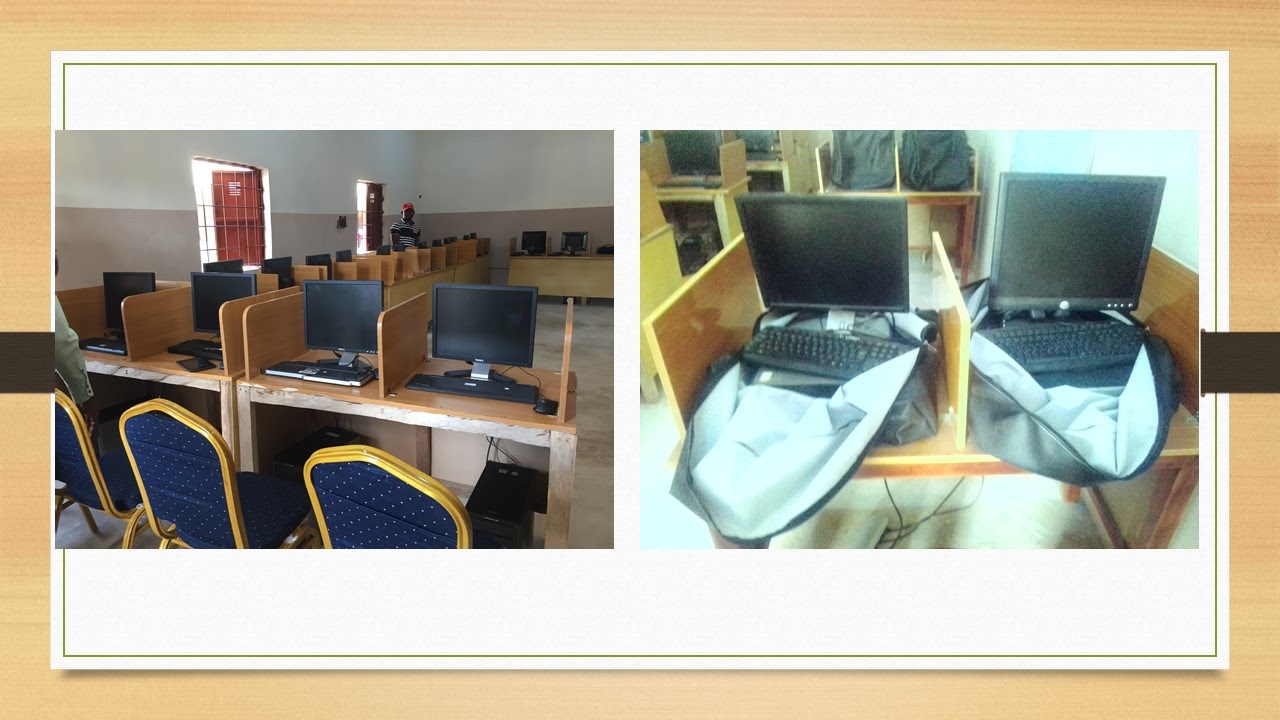
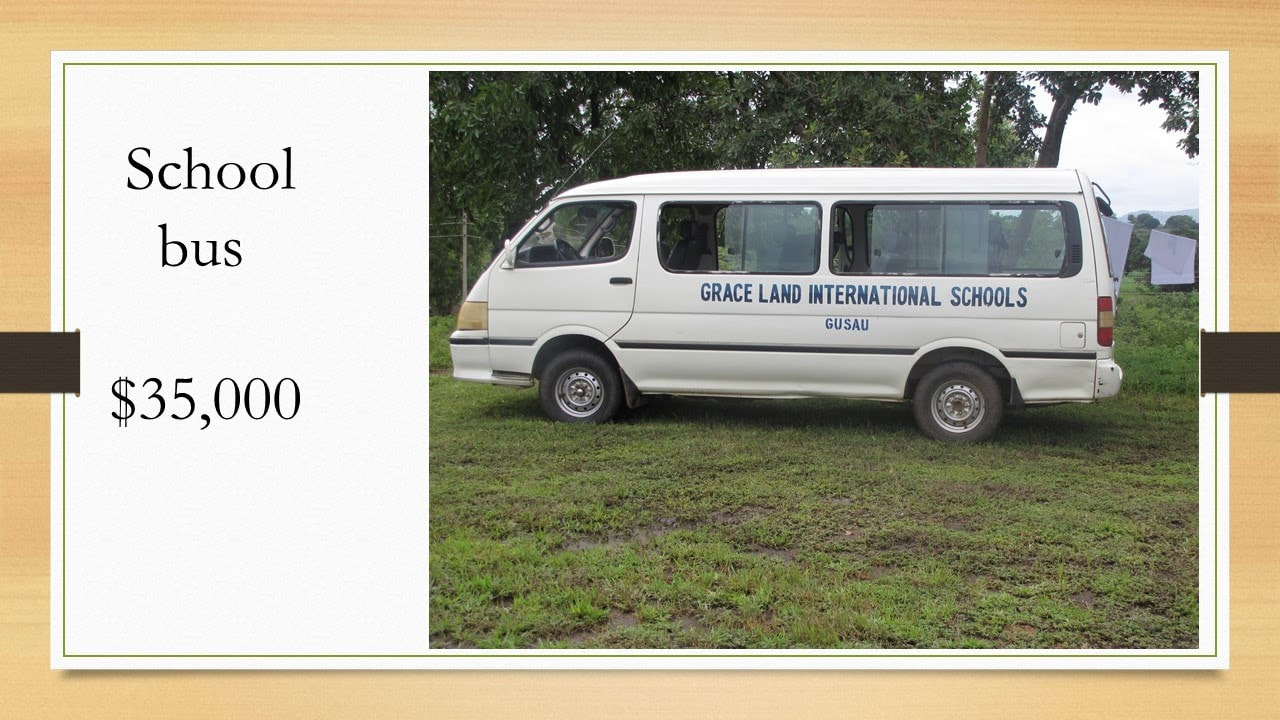
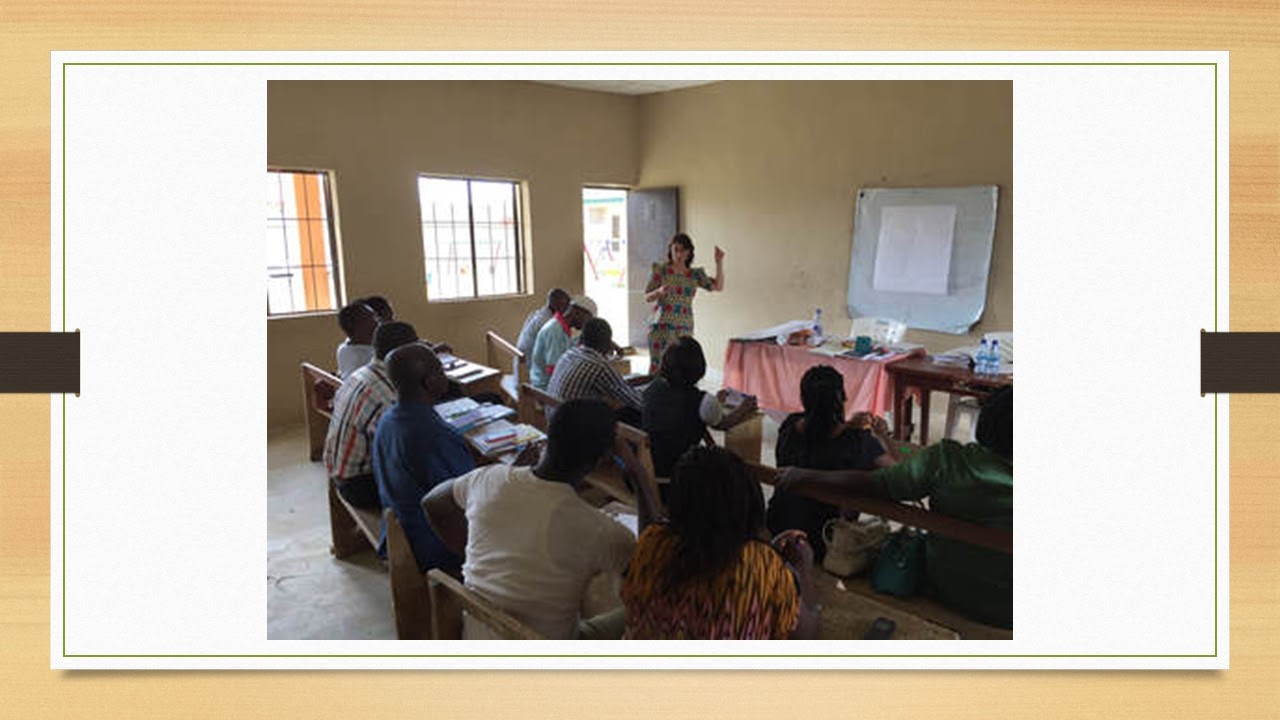
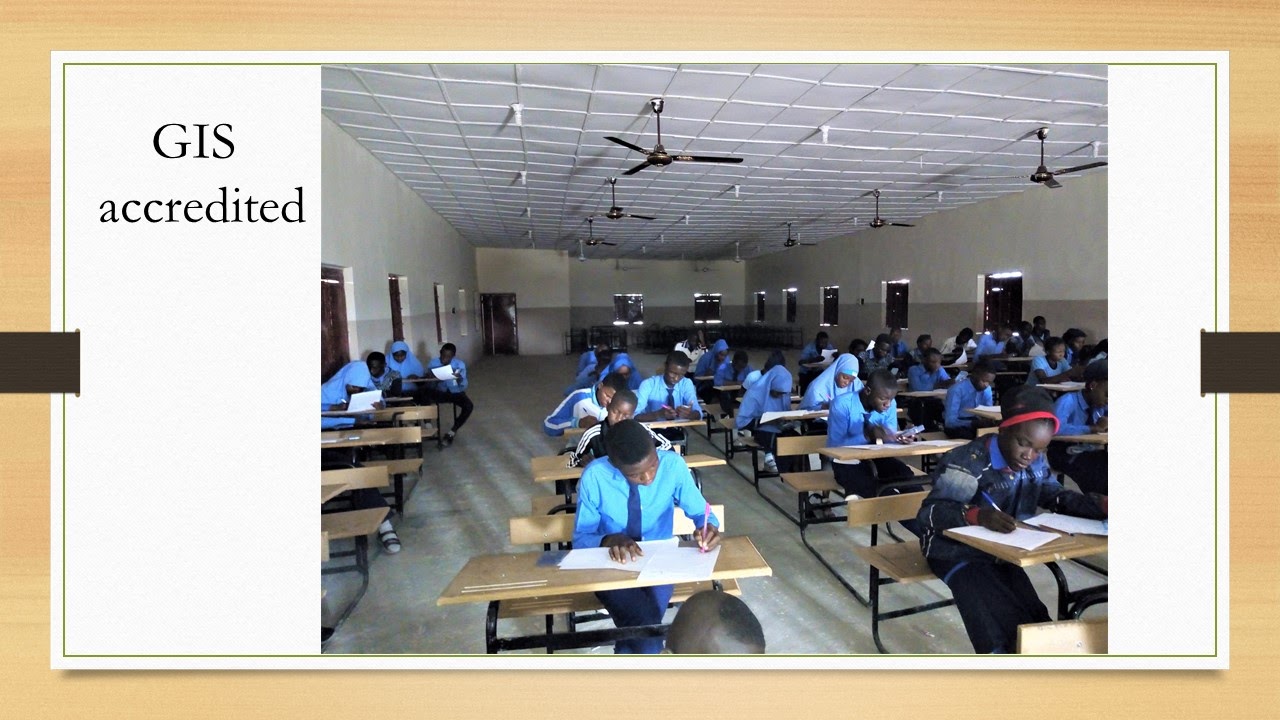
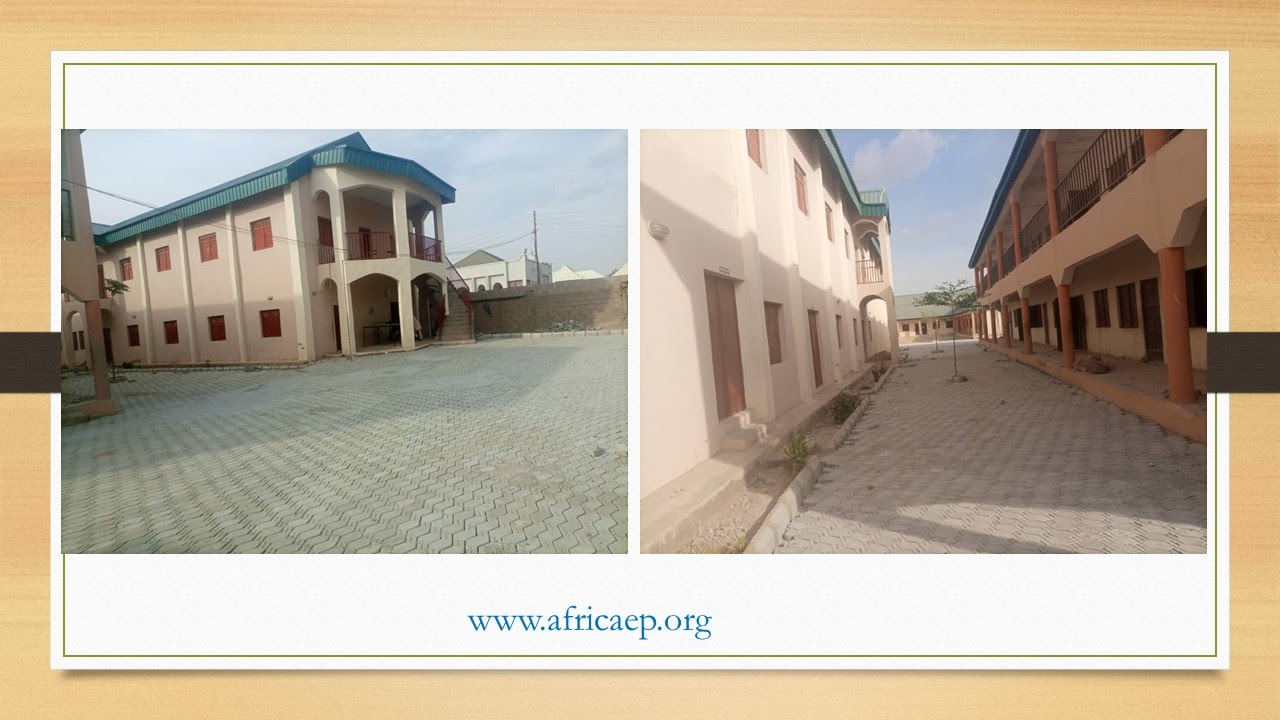
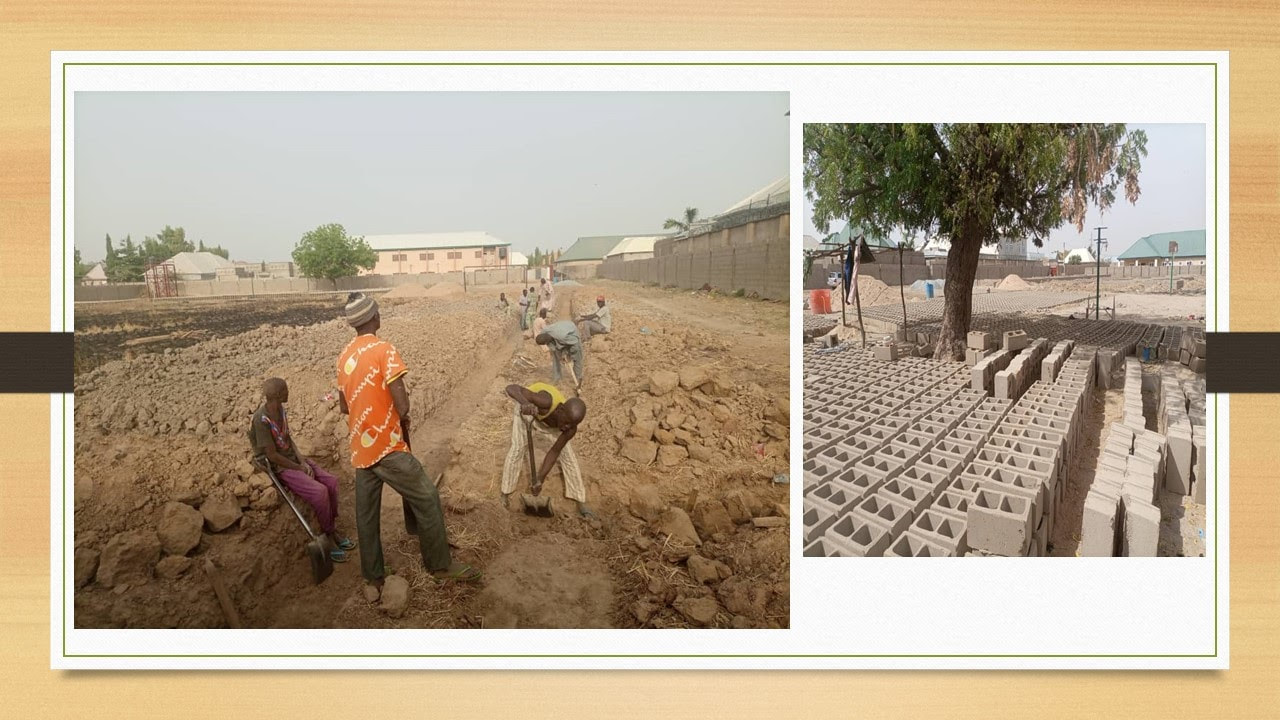
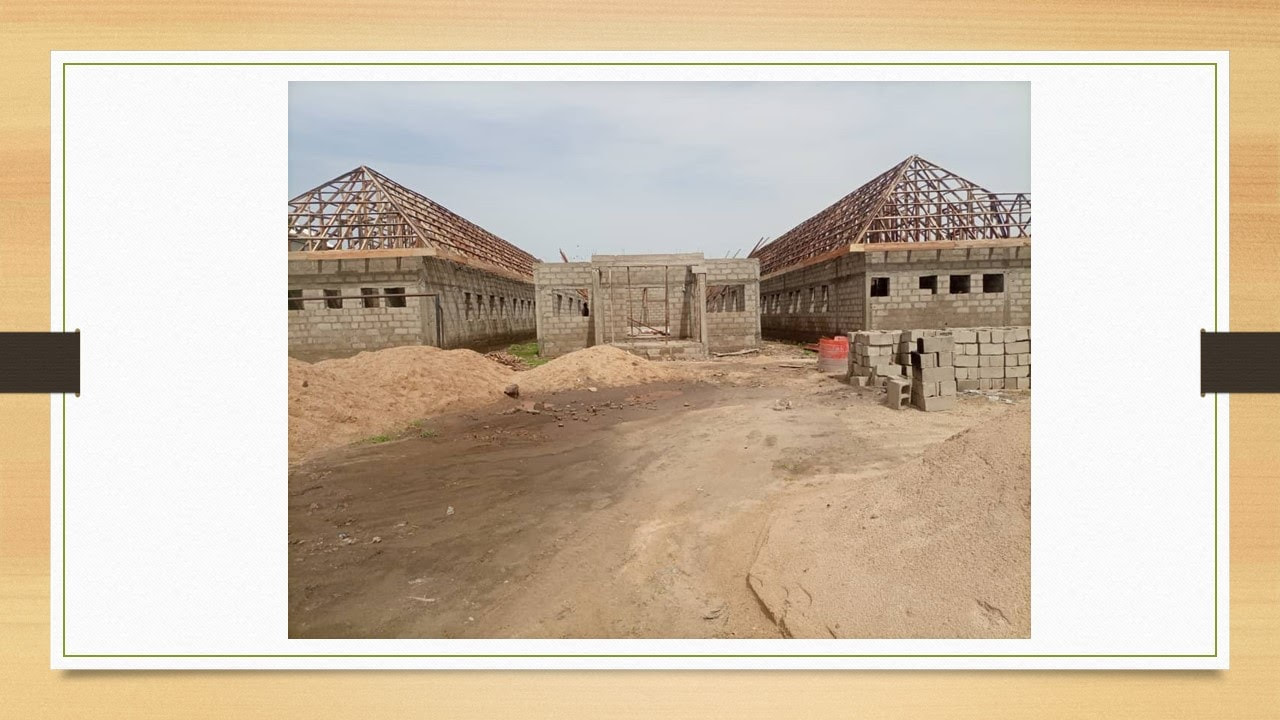
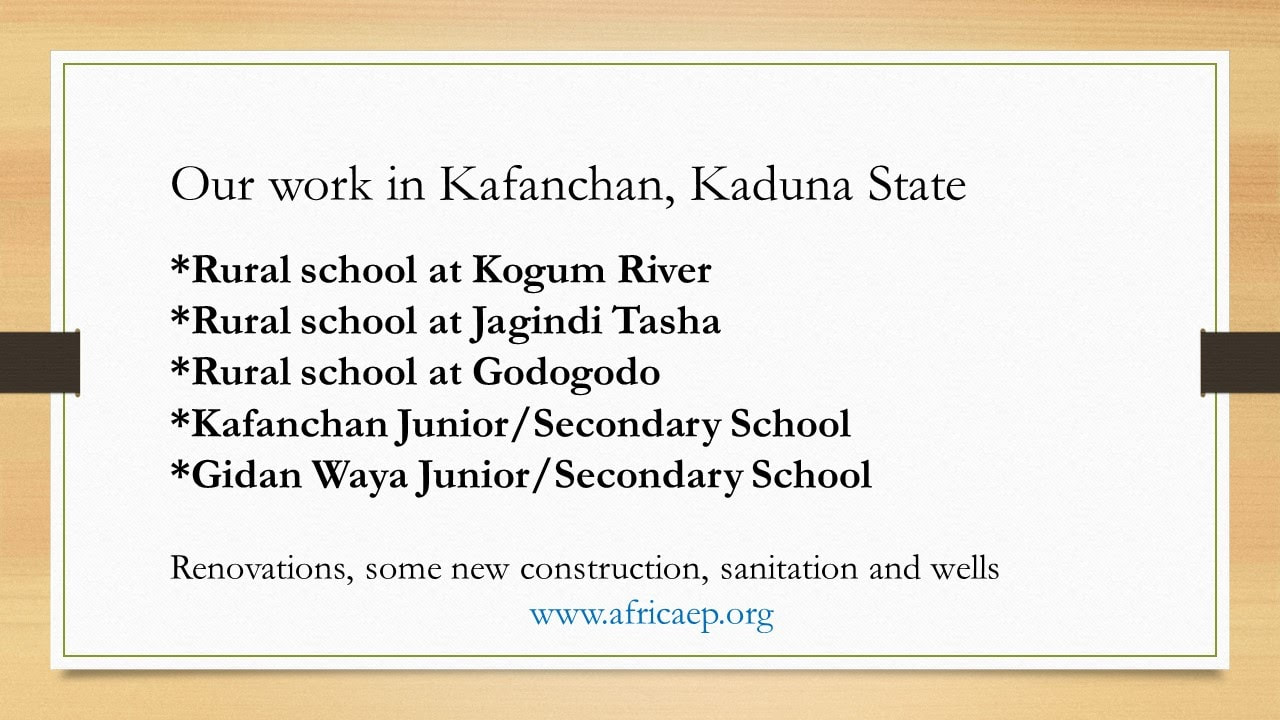
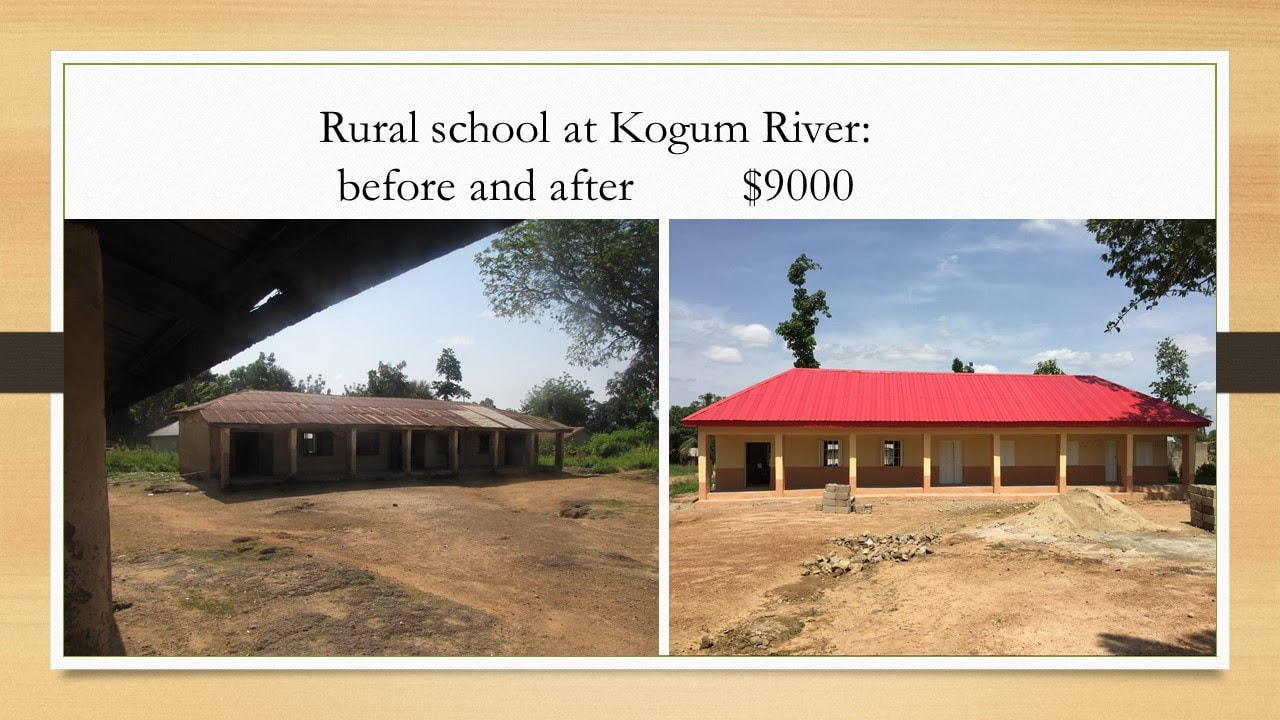
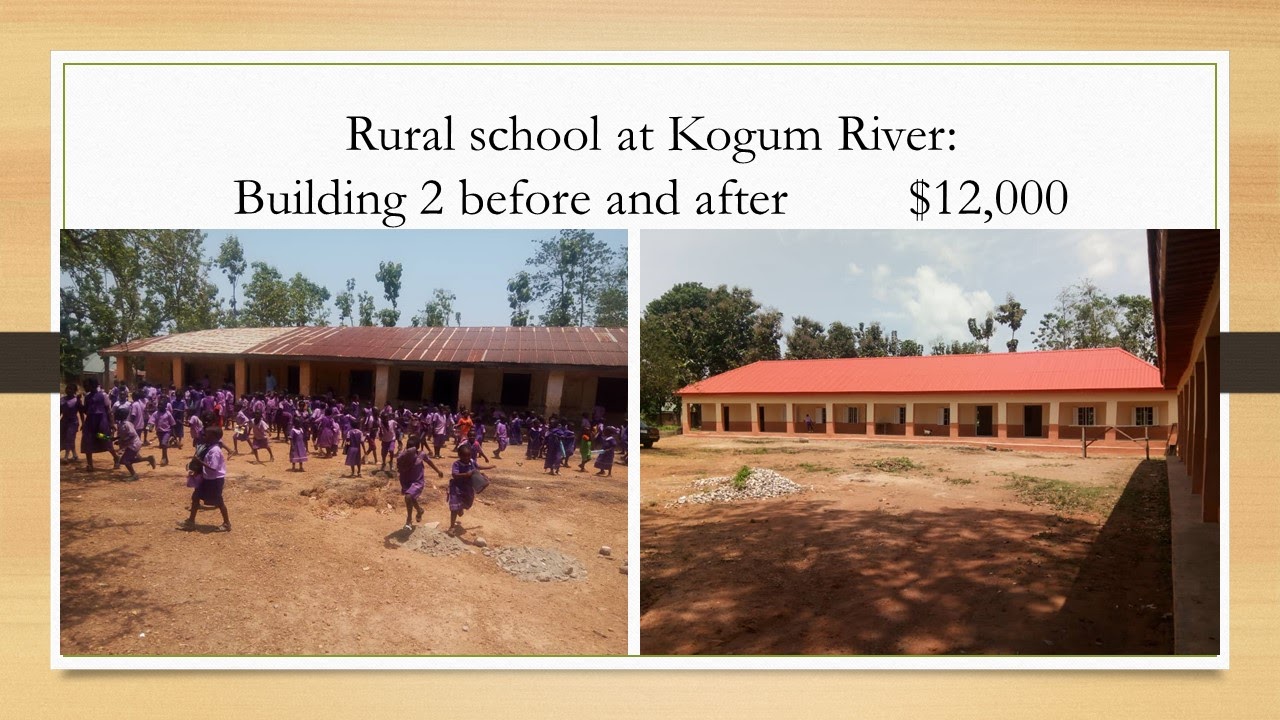
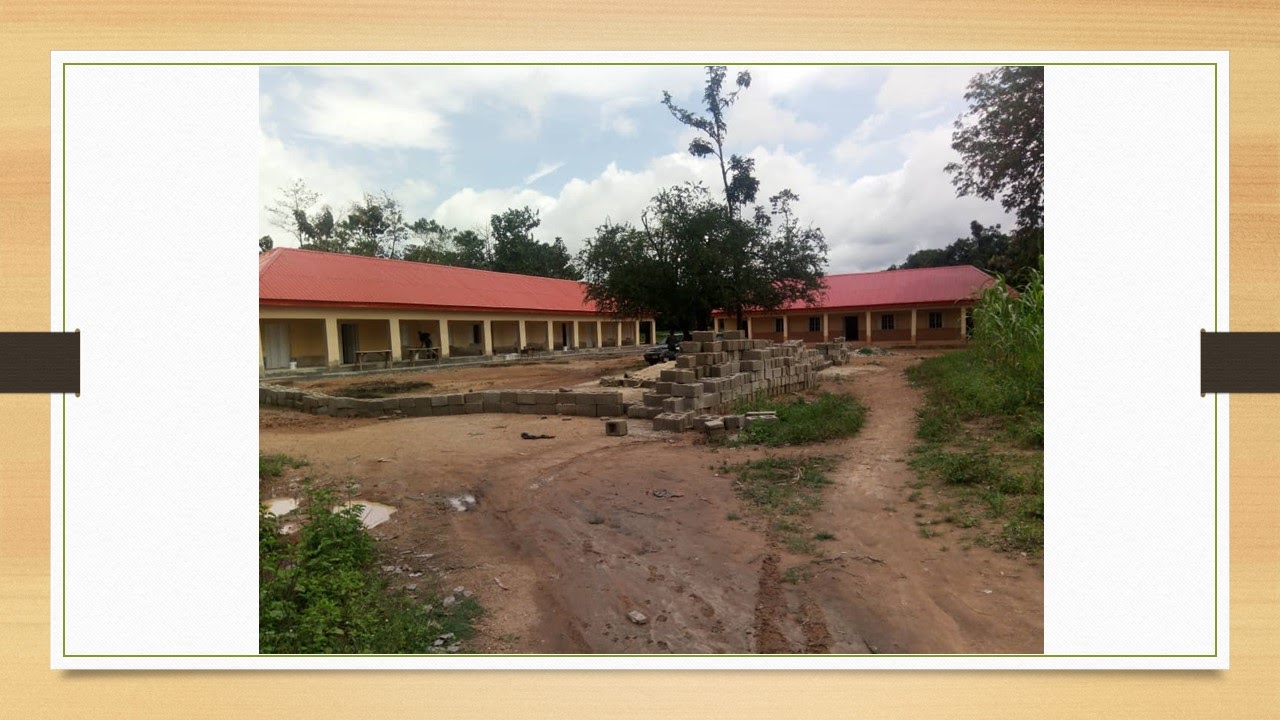
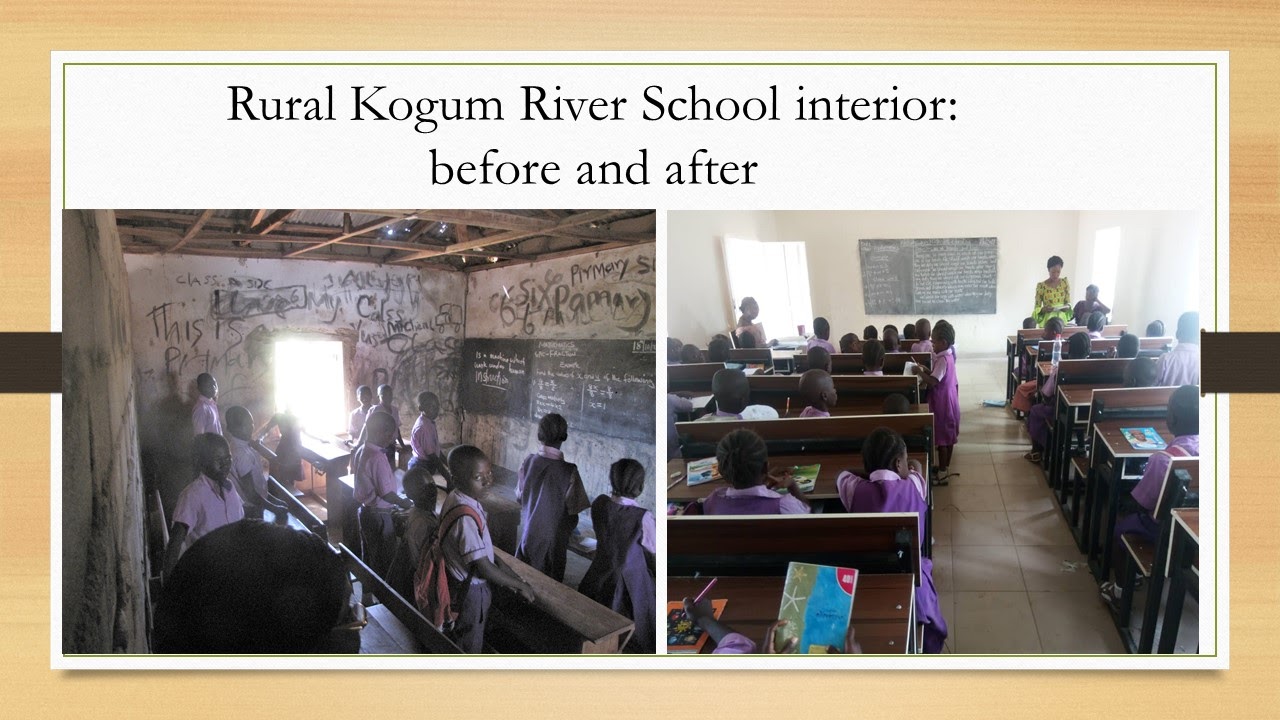
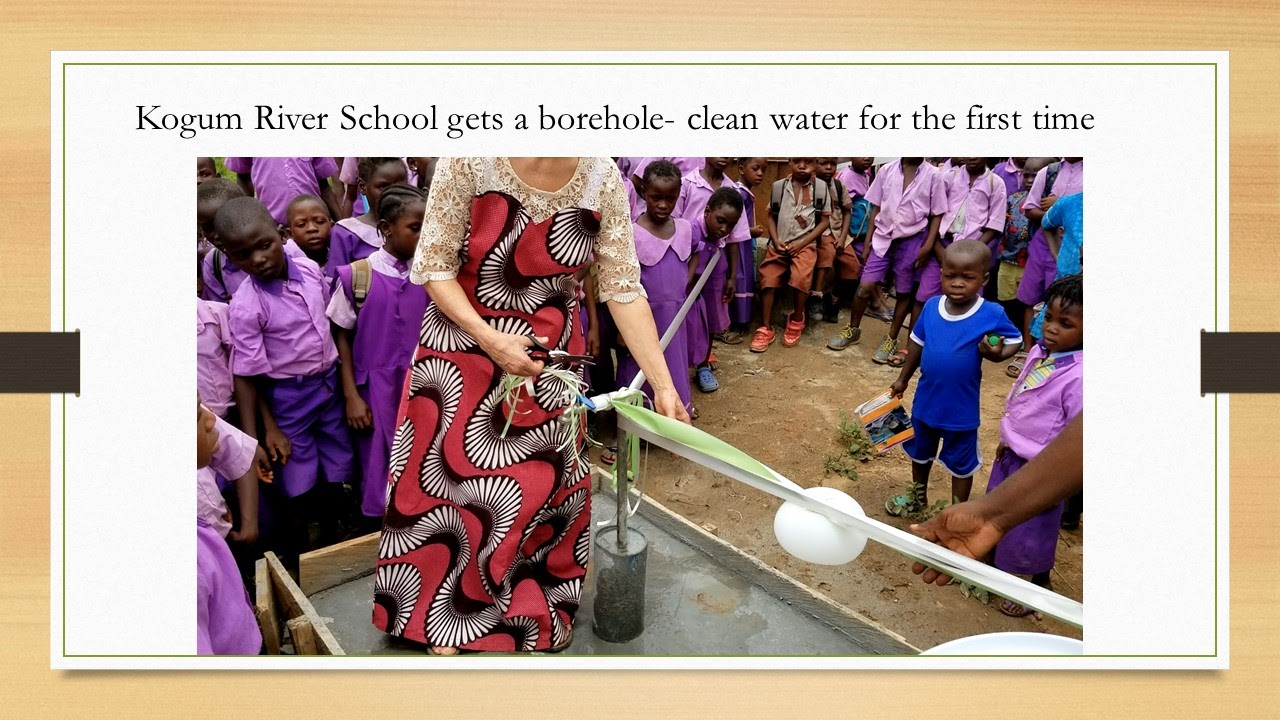
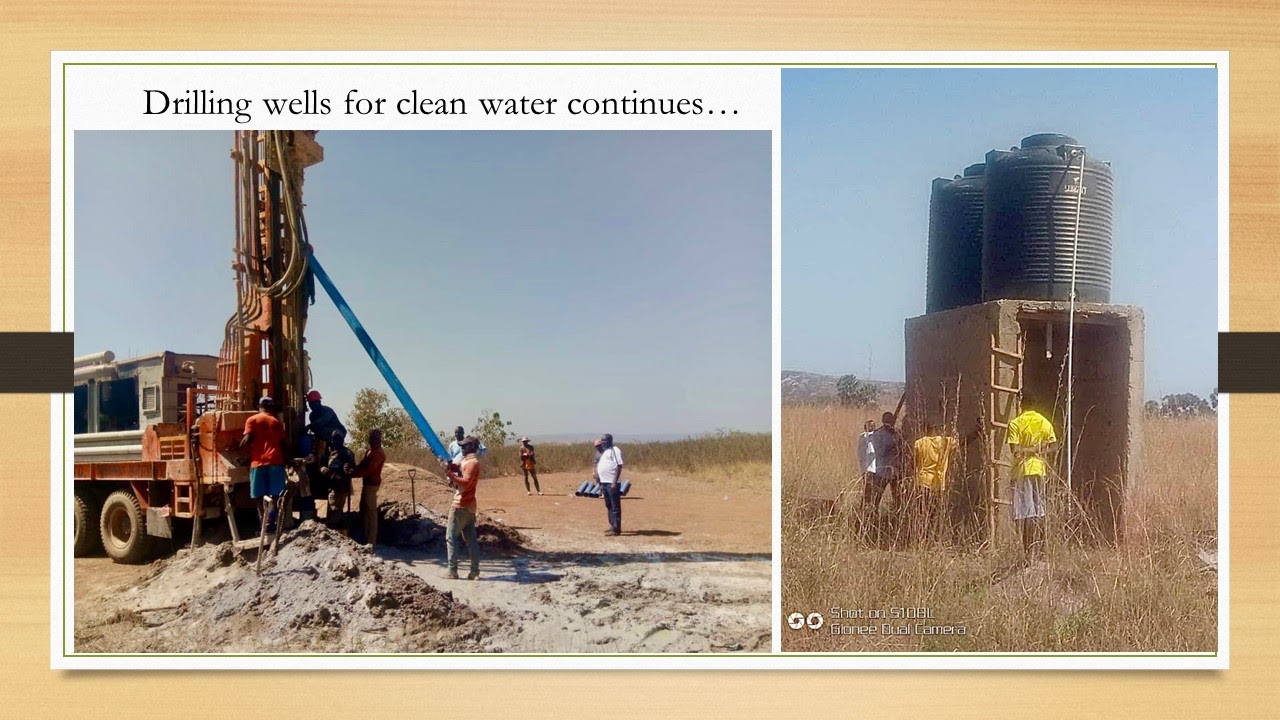
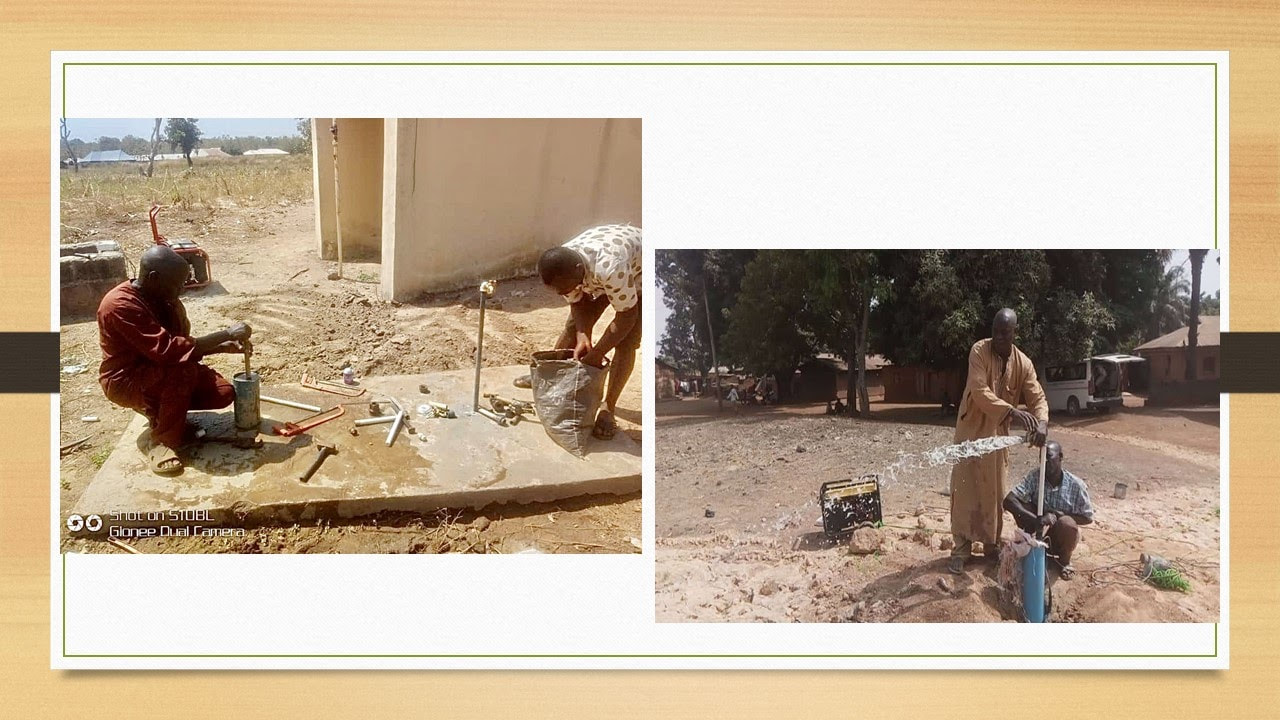
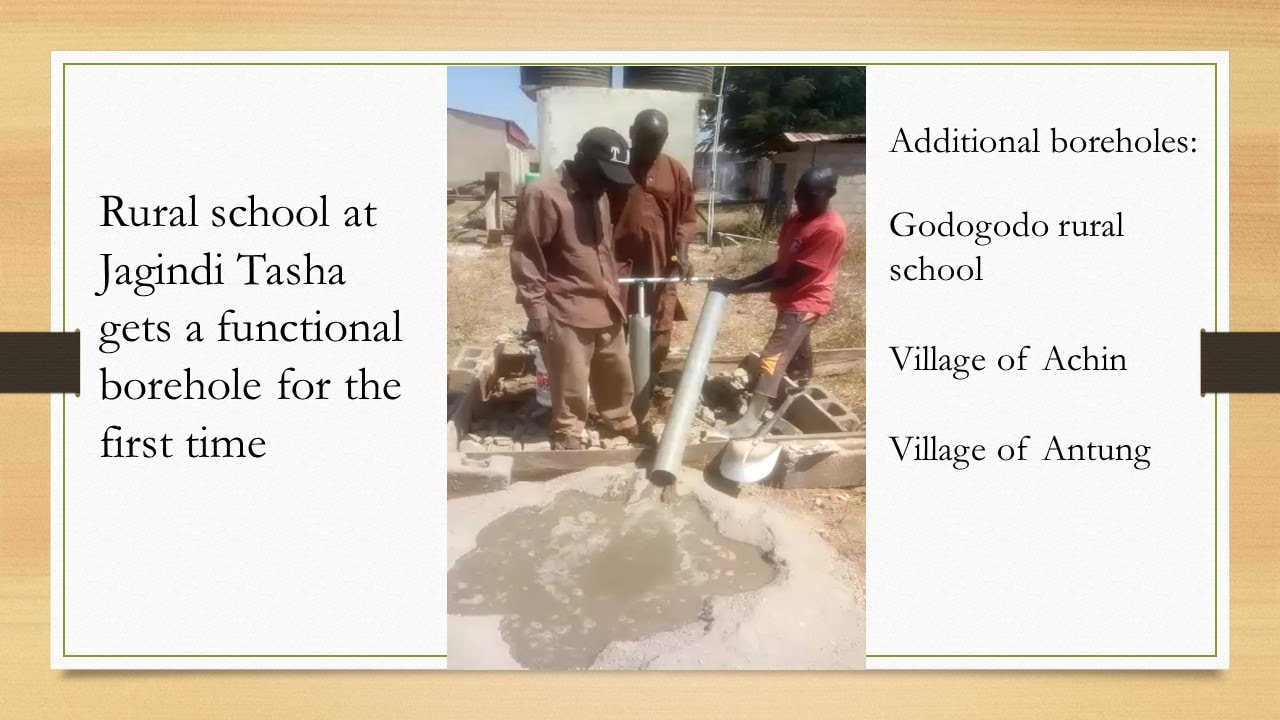
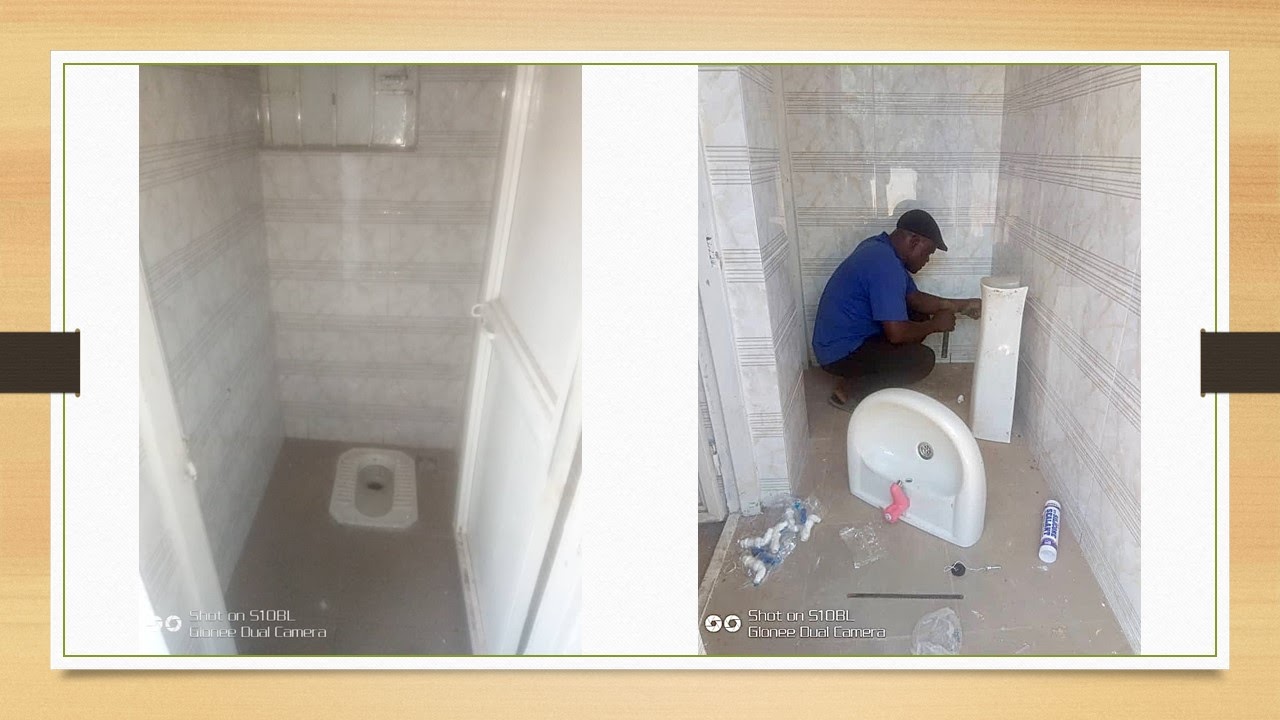
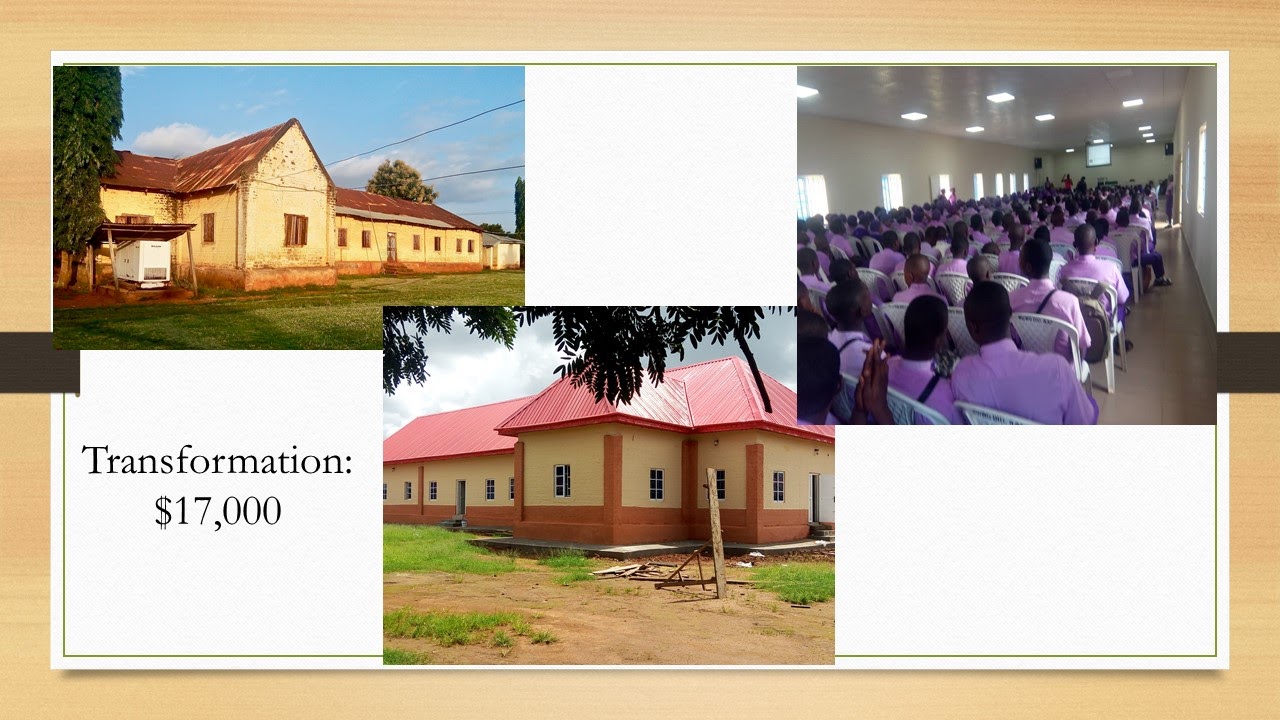
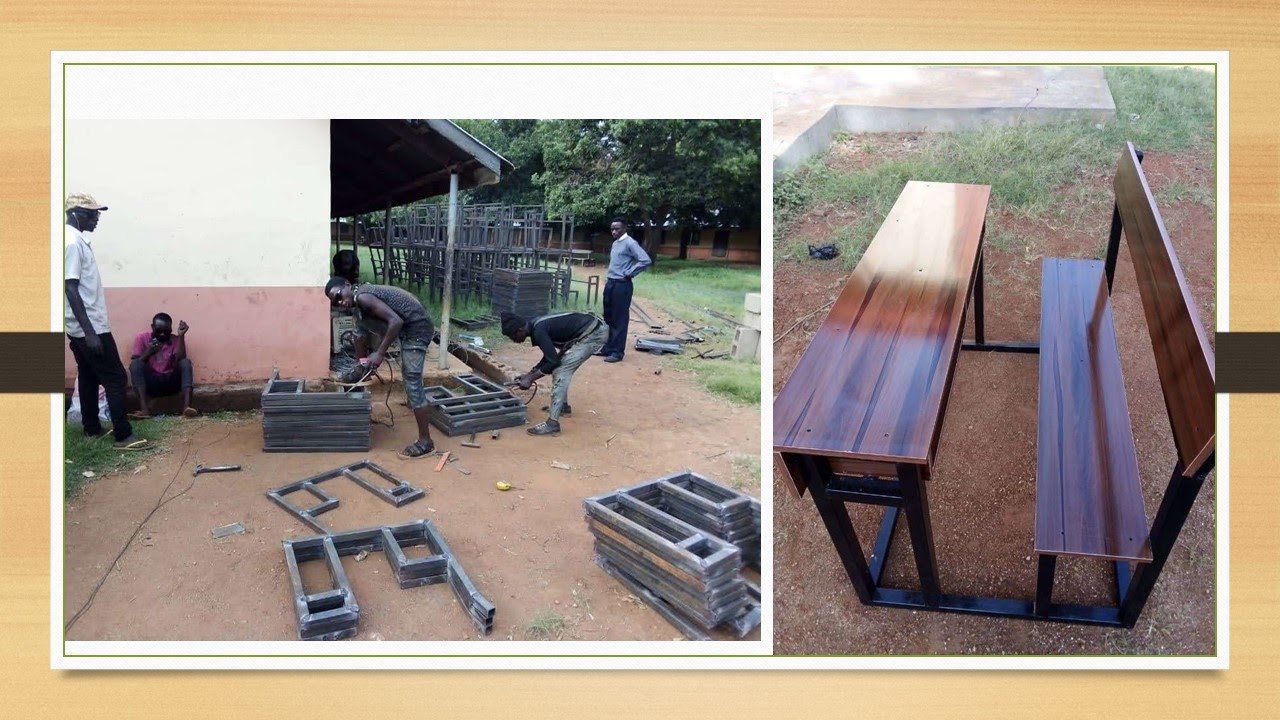
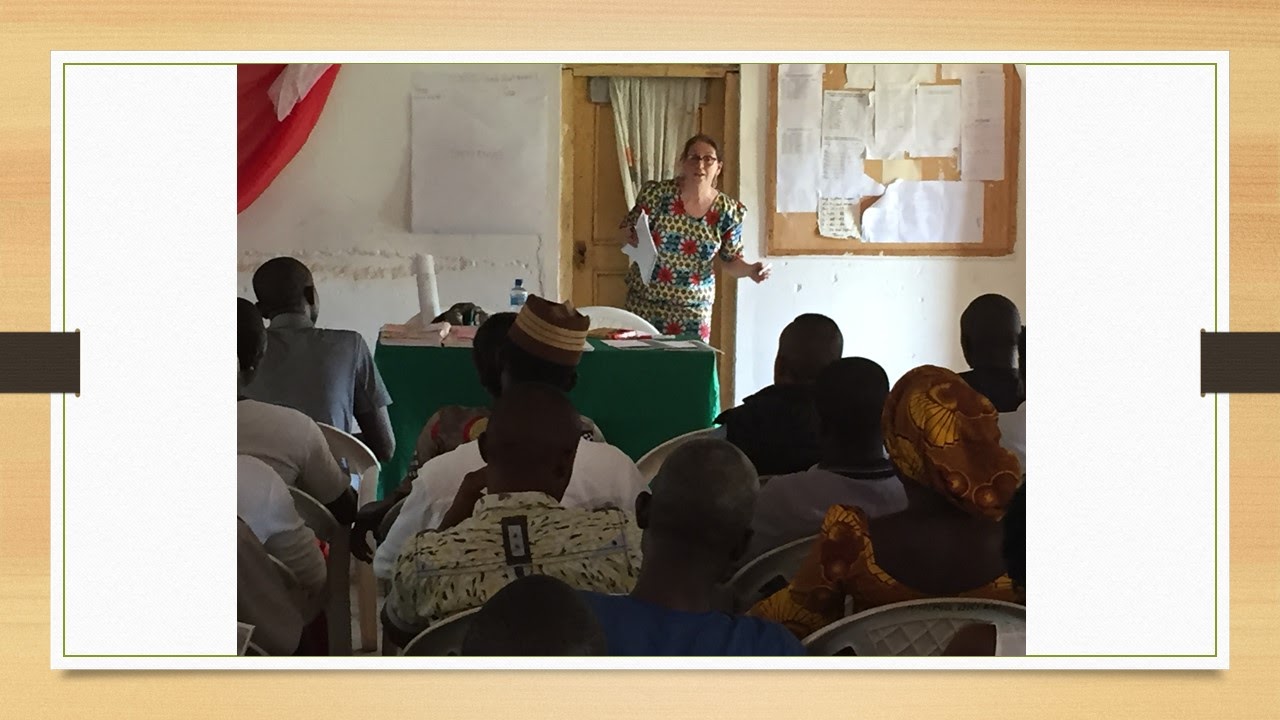
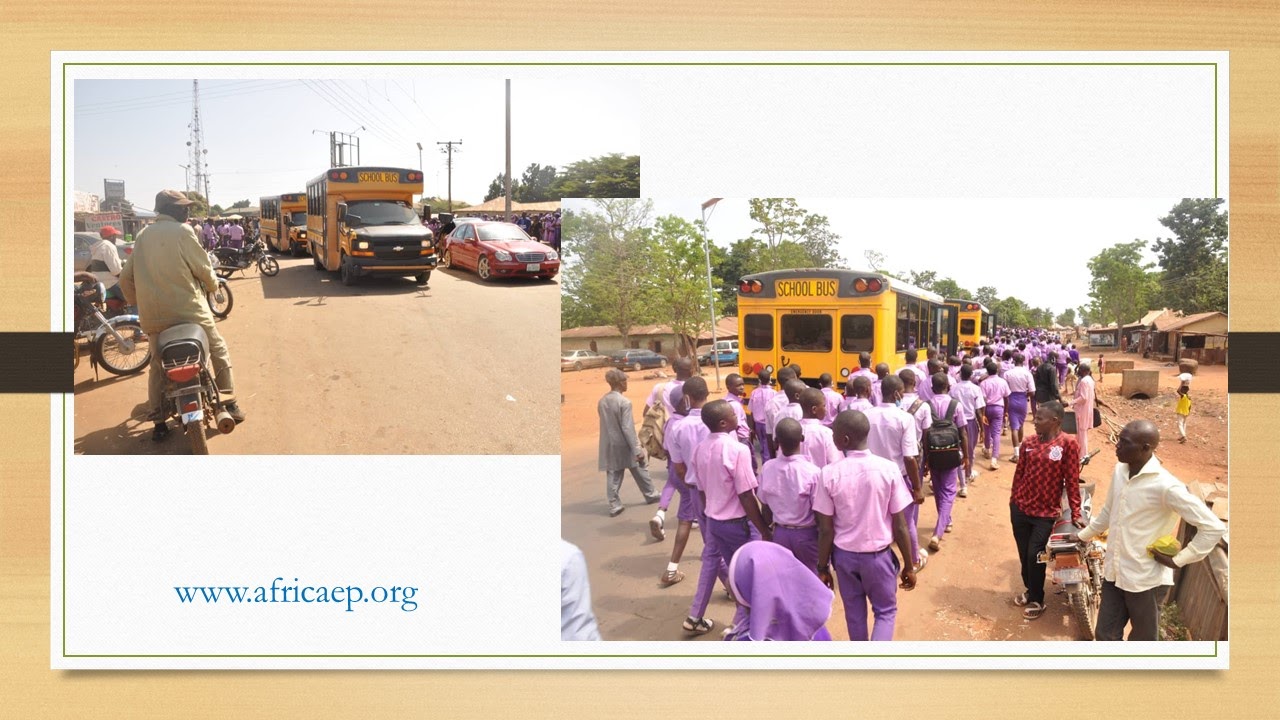
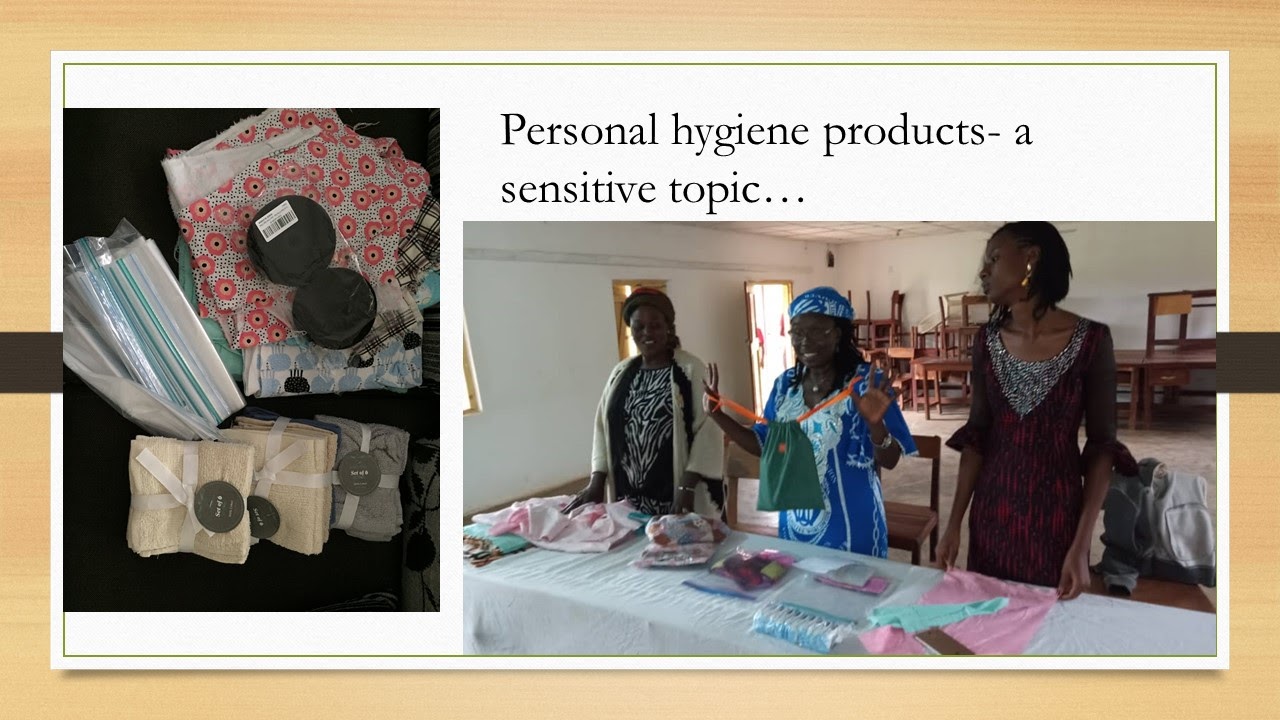
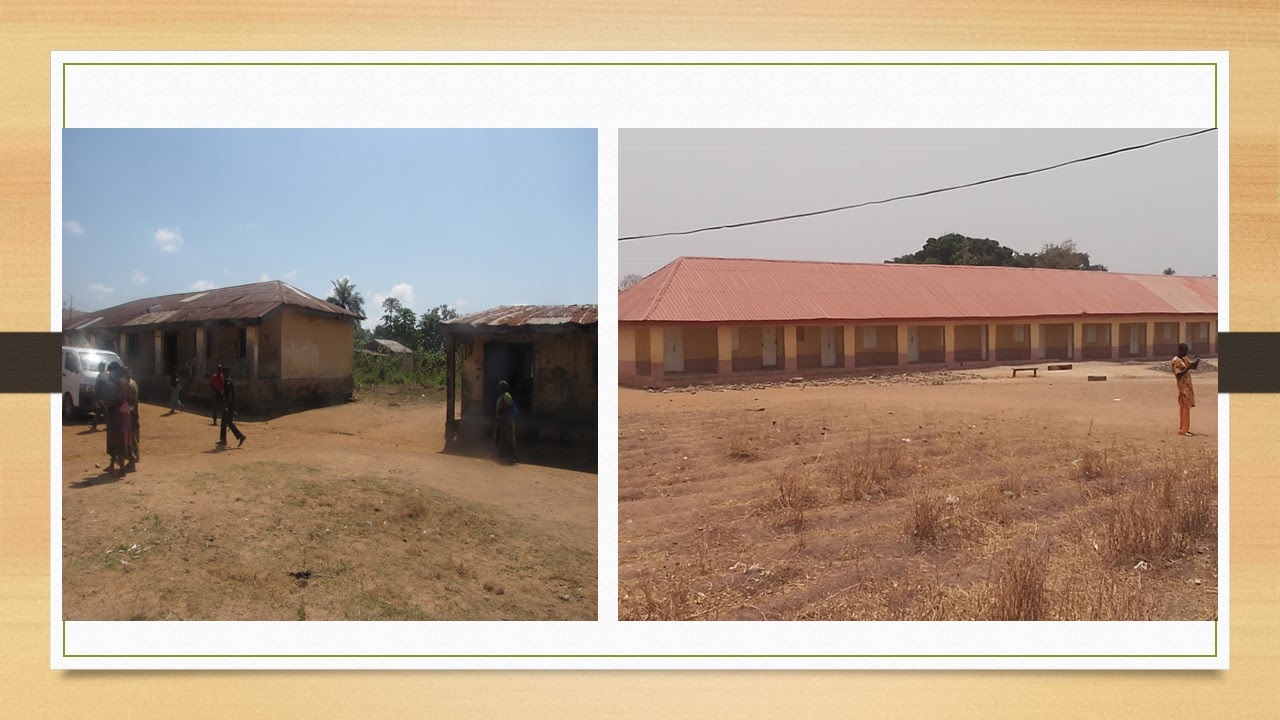
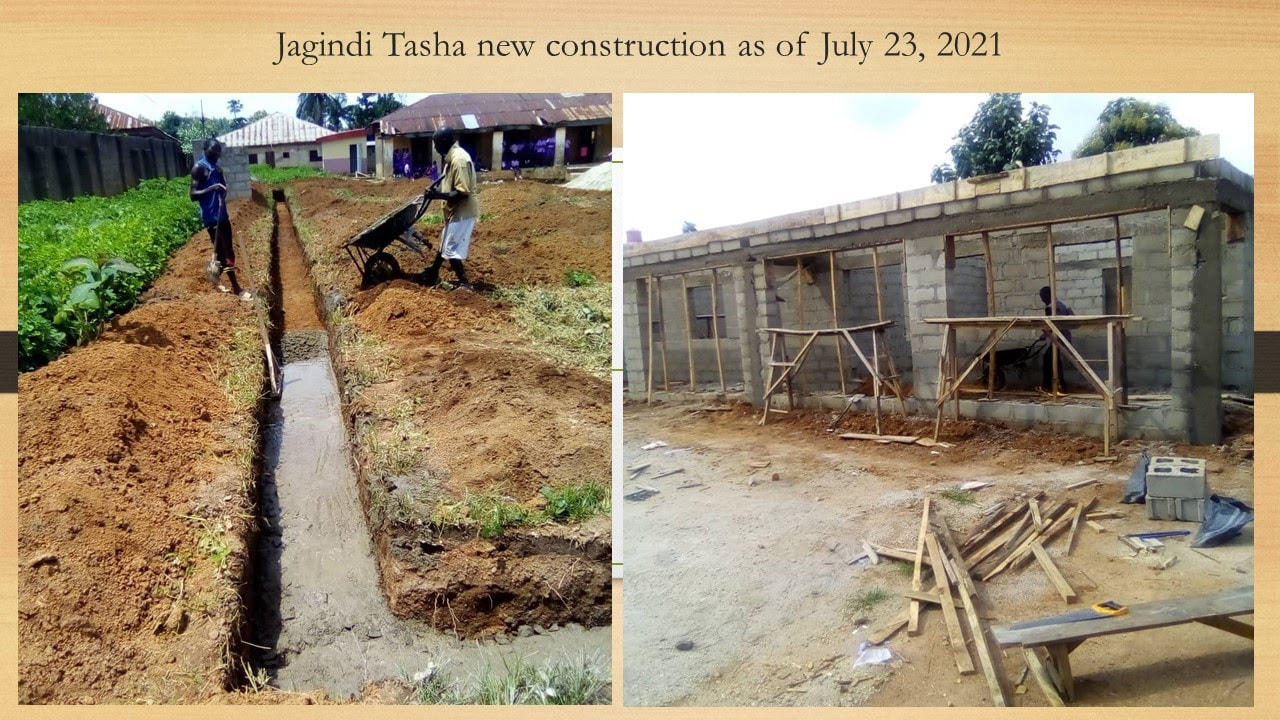
 RSS Feed
RSS Feed